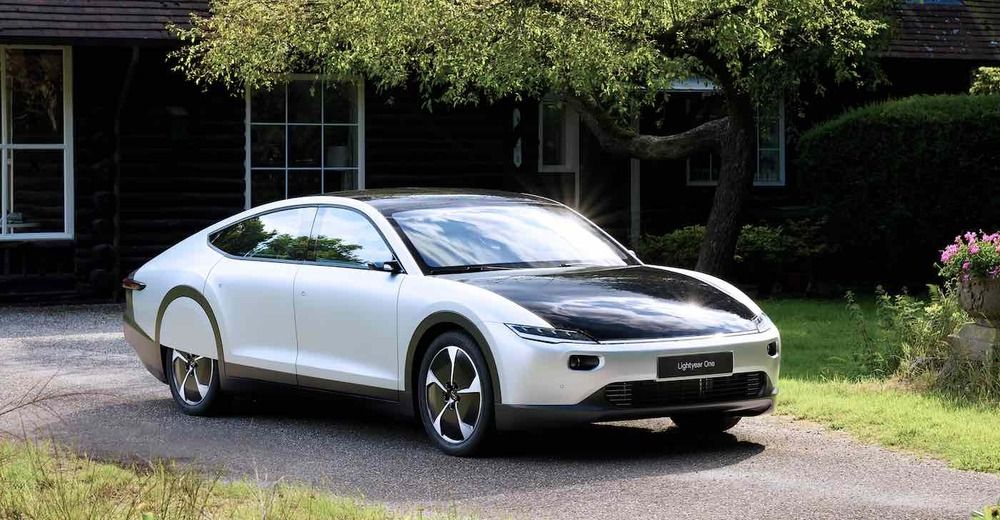IBM’s Summit is currently the fastest supercomputer in the world.




A Dutch company from Eindhoven has released a prototype car called Lightyear One, that won the Bridgestone World Solar Challenge, being the very first long-range solar car in the world. It has already sold 100 orders to be filled in 2011 and is a four-passenger vehicle.

ON DECK: Polymer Gold Backed USTN~Series 2021 ❤️
The new US dollar banknote design.
details: https://www.behance.net/gallery/63326431/THE-NEW-US-DOLLAR
https://www.instagram.com/avgust.andrey/
Music in video: Summertime (Gershwin) — The Pianos of Cha’n.



This Is-Real!!! Israeli pharmaceutical company, Teva, has announced that they will donate more than 6 million tablets through wholesalers to hospitals across the United States, from March 31.
As the coronavirus is spreading across the world, and the number of people infected is increasing everyday, there is an urgent need to find treatments against COVID-19 that could reduce complications and improve recovery. Recently, the Israeli Health Ministry has approved multiple experiment treatments, and companies worldwide are attempting to determine what could be used to treat COVID-19.
As such, Israeli pharmaceutical company, Teva, has announced that they will donate more than 6 million doses of hydroxychloroquine sulfate tablets through wholesalers to hospitals across the United States, from March 31. Over 10 million tablets are expected to be shipped within a month.

Hydroxychloroquine one of several drugs cited in recent days as being possibly effective against coronavirus; Israeli firm says it will provide as many as possible at no cost.
The company said six million doses will be delivered to US hospitals by March 31, and more than ten million in a month.
Israeli generic drug giant Teva announced Friday that it will provide ten million doses of its anti-malarial drug hydroxychloroquine, which could potentially prove effective in fighting the coronavirus pandemic, to US hospitals free of charge. The company said six million doses will be delivered to US hospitals by March 31, and more than ten million in a month. “We are committed to helping to supply as many tablets as possible as demand for this treatment accelerates at no cost,” Teva executive vice president Brendan O’Grady said. Get The Times of Israel’s Daily Edition by email and never miss our top stories Free Sign Up.

Circa 2019
Makers of Titanic claimed that it is ‘unsinkable’ and we know how it went down in history. Now, researchers from the University of St Andrews have claimed to have developed an ‘unhackable’ encryption system that stores data in the form of light.
The chip designed by the researchers generates one-time-only key when data is sent through it. The data is stored as light and passed through a specially designed chip that bends and refracts the light to scramble the information.
The trick behind the tech is that the bending and refracting of light is unique every time as it depends upon the data being sent through the chip. It would be safe to say that the chip is a physical realization of the OTP mechanism which is popularly used today to authenticate several services.